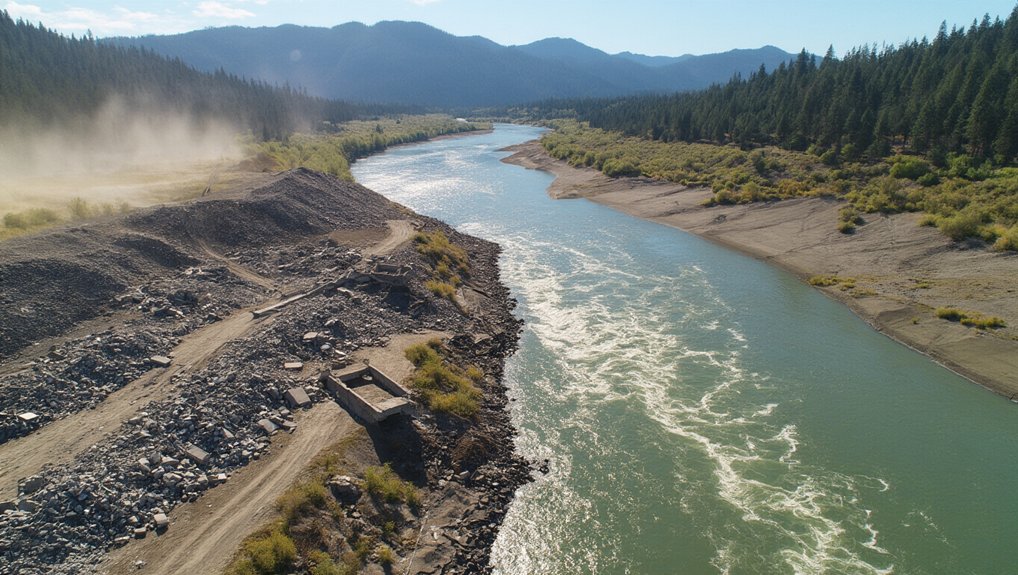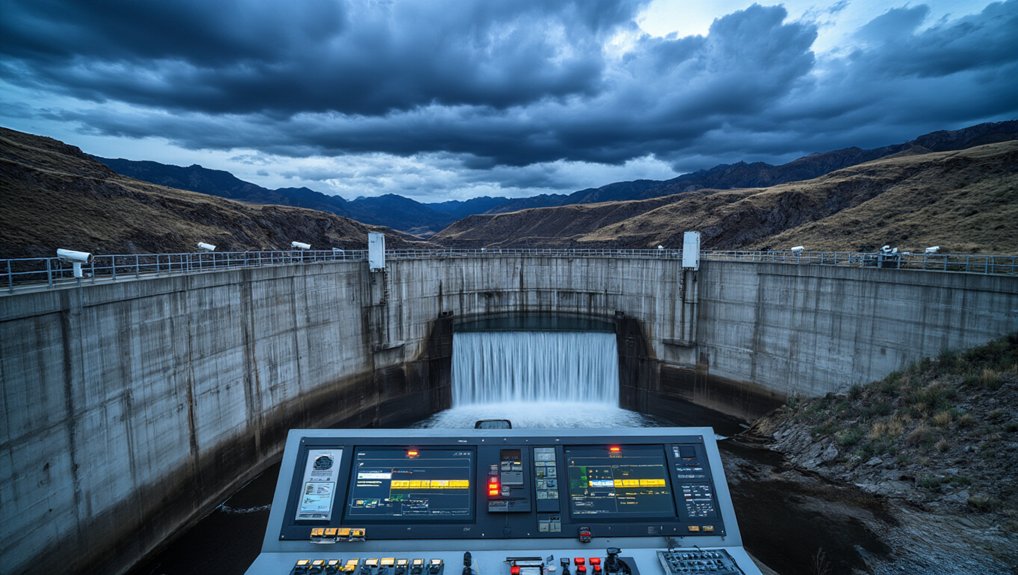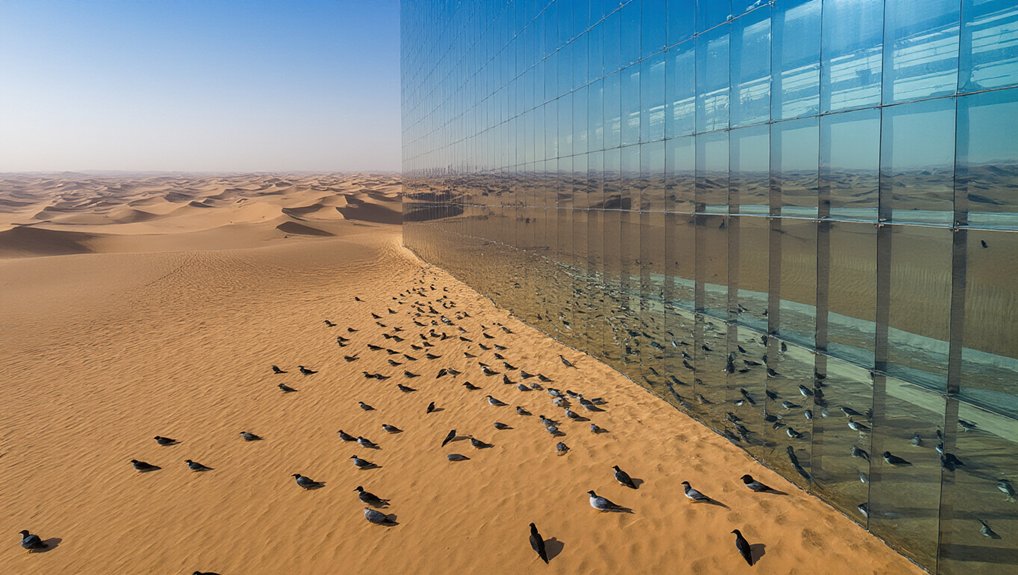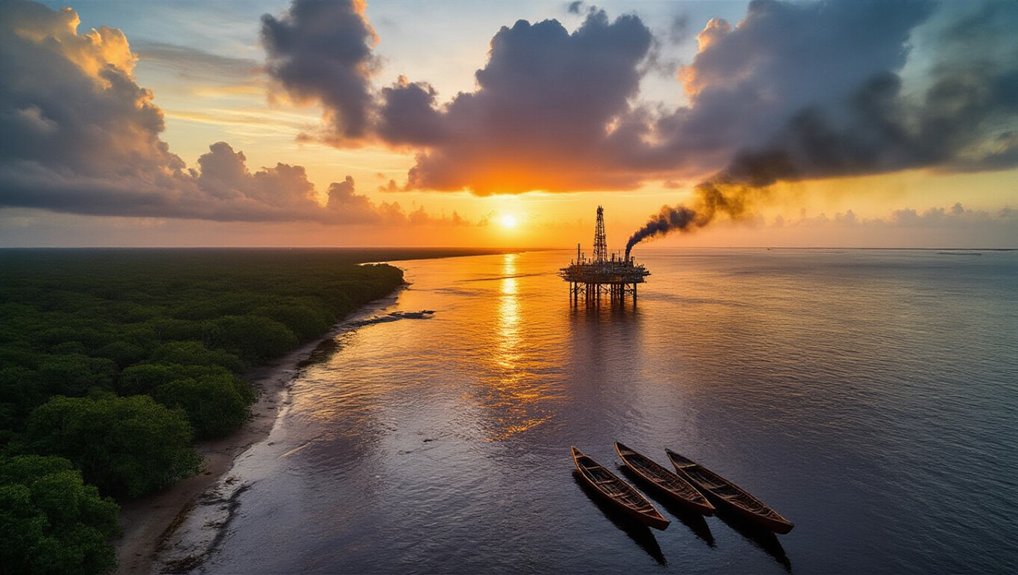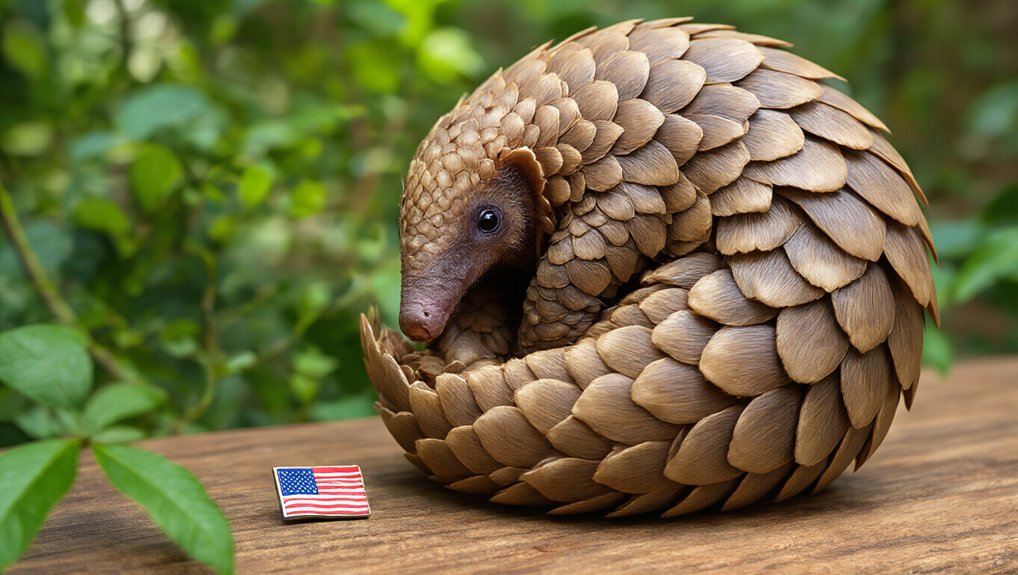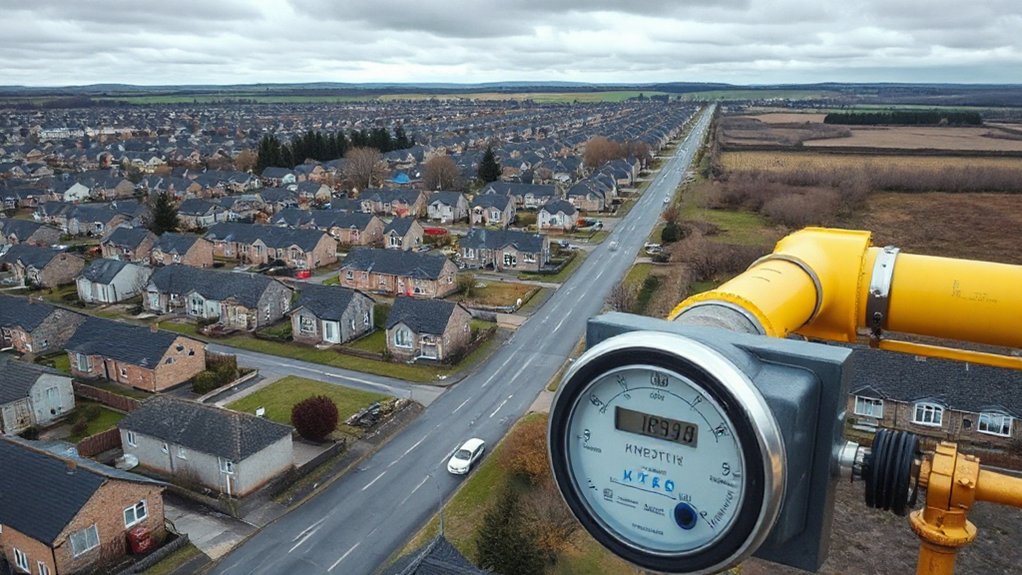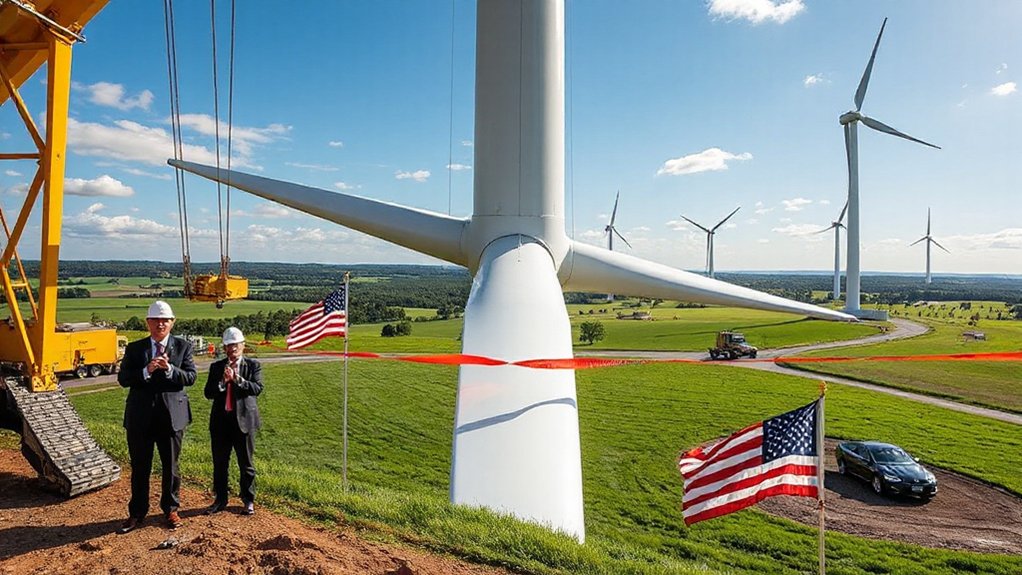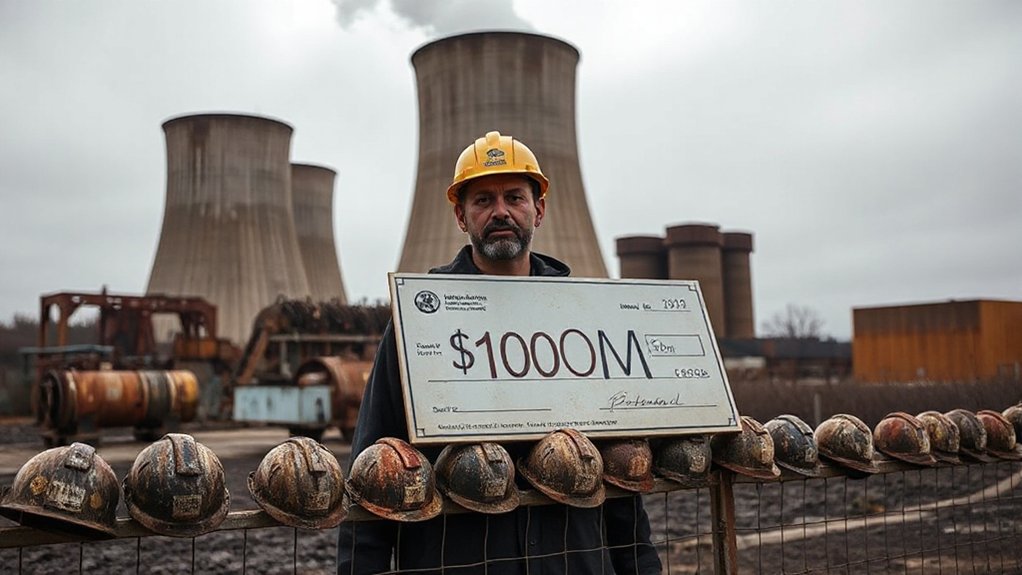The Klamath River is free again. After destroying salmon runs for nearly a century, four massive concrete dams are finally getting demolished in America’s biggest dam removal project ever. The $500 million teardown opened 400 miles of spawning habitat that native tribes lost when their fishing grounds became industrial reservoirs. Salmon are already swimming past old dam sites. Turns out some infrastructure just outlives its purpose. The river’s comeback story is just beginning.
After nearly a century of blocking salmon from their spawning grounds, the Klamath River dams are finally coming down. Four concrete barriers that turned a free-flowing river into a series of stagnant pools are being demolished, one chunk at a time. The smallest, Copco No. 2, bit the dust in October 2023. The others will follow.
Built between 1908 and 1962, these dams did exactly what dams do best: destroyed an ecosystem. Salmon populations crashed to less than 5% of their historical numbers. Some runs vanished entirely. The Karuk and Yurok tribes watched their ancestral fishing grounds turn into industrial reservoirs. Progress, right?
Dams did their job perfectly: turning thriving salmon runs into concrete graveyards.
The removal project represents 400 vertical feet of concrete coming down across J.C. Boyle, Copco No. 1, Copco No. 2, and Iron Gate dams. When the reservoirs were breached in January 2024, muddy water rushed downstream for the first time in generations. It wasn’t pretty, but neither was watching salmon slam their heads against concrete walls for a hundred years. The restoration mirrors the growing trend toward renewable energy growth seen in hydropower alternatives like solar and wind.
Getting here took decades of political wrestling. The 2020 breakthrough came when California, Oregon, PacifiCorp, and the tribes finally agreed on terms. The power company wanted out, the states wanted fish, and the tribes wanted their river back. Simple enough, except it took years of negotiations to state the obvious: the dams had to go.
This isn’t just about fish. It’s about undoing a century of environmental stupidity. The project opens up 300 to 400 miles of spawning habitat, improves water quality, and gives salmon a fighting chance at recovery. In 1988, the Lost River and shortnose suckers were listed as endangered, adding urgency to restoration efforts that would take decades to materialize. Scientists deployed sonar equipment the day after Copco No. 2 came down, waiting to count returning fish like kids watching for Santa. On October 3, 2024, they got their reward when the equipment recorded the first Chinook salmon swimming past the former dam site.
The Klamath removal stands as America’s largest dam demolition project, a $500 million admission that some infrastructure outlives its usefulness. Copco No. 1 should be gone by year’s end. Then the real work begins: watching a broken river heal itself, one spawning season at a time.
References
- https://www.sustainablenorthwest.org/klamath-basin-dam-timeline
- https://www.watereducation.org/aquapedia/klamath-river-basin-chronology
- https://www.americanrivers.org/2023/06/6-things-you-need-to-know-about-the-klamath-river-dam-removals/
- https://www.wildcalifornia.org/post/klamath-dam-removal-river-restoration-timeline
- https://www.americanrivers.org/dam-removal-on-the-klamath-river/
